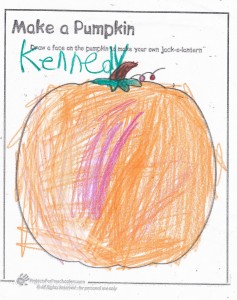As the goblins, witches, and zombies in your family prepare for a load of candy this week, don’t forget to consider safety. A surprisingly large number of youngsters end up in the emergency room each Halloween, even though there are simple ways to avoid many injuries.
You may be surprised to know that lots of injuries are related to costuming. Observe these practices and you can greatly reduce risk:
- Use reflective tape. It’ll be dark out there, and you want your trick-or-treater to be visible to drivers and others.
- Be careful of masks. Just as visibility is important, so is vision. A mask should not inhibit your ghoul from being able to see traffic, curbs, and steps, or any other walking hazard.
- Watch the length. Going up steps and over curbs requires a shorter length to keep your skeleton from tripping and breaking a bone or suffering a sprain.
- Light up the dark. Send your wizard off with a flashlight, which can double as a magic wand.
Observing is essential. Keep your ghosts in view so you are always aware where they are and who they’re with.
Have a conversation about safety before they hit the sidewalk. Look carefully before crossing the street; don’t go into any home unless parents have said it’s okay; be considerate of others, especially of children who are younger. There’s plenty of candy to go around.
Speaking of candy… Okay, so that’s what it’s all about. But too much candy at once can turn your little zombie into a Tasmanian Devil. Set up some rules ahead of time. How much candy can be eaten on Halloween, and how much should be saved for future treats? Most candy freezes well.
So, when the ghoulish night arrives, be safe and have a great time!
© 2013, MBS Writing Services, all rights reserved.



